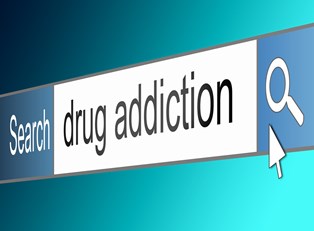Substance abuse is an issue that affects an alarming number of people—according to recent statistics there are roughly 23 million people in the world who need treatment for an alcohol or drug abuse problem. Unfortunately, only about 11% of these people will receive treatment for their problem.
There is, however, good news. Seeking treatment for a substance abuse problem drastically increases a person’s chance for recovery from an addiction, and there are a number of different programs available, depending on his or her unique situation. Here is a look at some of the most common treatments used today.
Detox
Some substances, such as alcohol and heroin, create a strong physical dependence in users. If this occurs, people will be unable to stop use on their own, since quitting "cold turkey" can produce painful and potentially dangerous withdrawal symptoms such as nausea, breathing difficulties, and heart palpitations. Because of this, treatment sometimes begins with a detox monitored by medical professionals.
This process, which can last anywhere from a few days to three months depending on the substance, typically involves medication to help patients cope with the effects of withdrawl. The psychological and emotional issues surrounding a person’s substance abuse are not addressed during the detox period—it is explicitly designed to deal with the physical components of addiction.
Detox can occur in both inpatient and outpatient settings, and this is typically governed by the severity of the substance abuse.
Long-Term Inpatient Care
Long-term inpatient care can last anywhere from a few months to a year or more, and it’s designed to help patients who require radical life changes to be rehabilitated or those who have not had success with other methods of treatment. Both individual and group therapy are an important component to this approach.
This type of inpatient care addresses not only the immediate issues surrounding addiction, such as drug-using friends or enabling family members, but it also takes a look at some of the underlying and more peripheral problems—such as emotional or physical abuse during childhood.
In addition to dealing with the issues that have caused a patient’s addiction, long-term facilities also provide users with strategies and coping mechanisms that they can use in the future to keep themselves sober once they leave treatment. Reintegrating into society is often done in steps—a patient may spend the first few months in intensive therapy and then move into transitional housing provided by the treatment center. These “halfway” houses are designed to give patients more freedom and responsibility while still operating as a safe and controlled environment for them.
Short-Term Inpatient Care
Short-term inpatient care may be as short as week or as long as two months. Programs like these are designed for people who are unwilling or unable (due to financial or other constraints) to receive long-term treatment.
Short-term inpatient care is often a condensed version of a long-term approach to addiction. Therapy will still play a large role, but patients will not attend as many sessions. After a person completes his or her stay in a short-term facility, it’s important that to continue with outpatient treatment to avoid slipping back into an old lifestyle.
Outpatient Care
Outpatient programs can vary considerably—some may simply be a basic drug education course, while others may be more rigorous and contain elements of inpatient treatments, such as daily group therapy.
Whether it’s for financial or social reasons, staying in an inpatient facility may not be an option for all users, but it’s completely possible to receive quality treatment using an outpatient program, as long as a person is truly committed to his or her recovery. However, this approach does pose a unique and potentially serious problem—namely, outpatient treatment doesn’t remove a person from the surroundings and people that helped contribute to his or her addiction.



